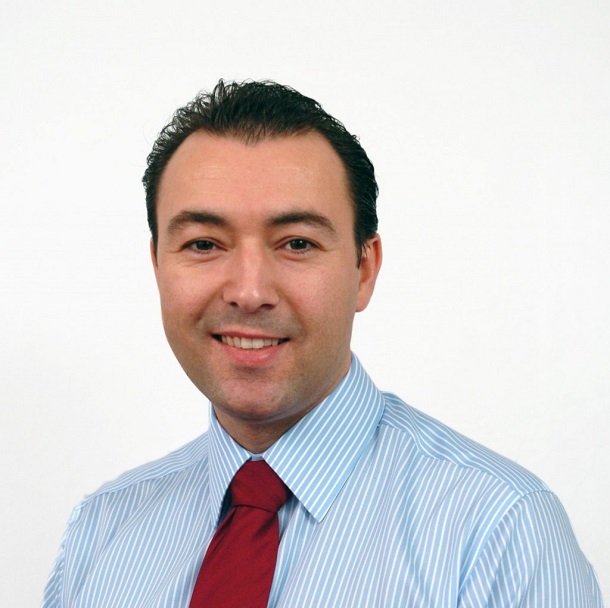Charities with significant investments should be assessing the levels of diversification within their portfolios if they want to aim to protect the value of their reserves.
Simon Williams, a director of wealth management group EFG Independent Financial Advisers, warned charities about the risks of failing to suitably diversify their portfolio holdings.
He said “Charity trustees have an obligation to follow a prudent approach with their investment strategies and should aim to reduce volatility and spread risk by effectively diversifying their investment portfolio, ideally by picking asset classes that are uncorrelated, or by splitting the portfolio via a number of different investment managers to reduce manager selection risk. Surprisingly, this is not always the case.”
Problems can arise when investment decisions are made internally and trustees fail to understand the asset allocation and where the money in being invested. Issues can also arise when a single investment firm has been selected to manage all of the charities money, particularly when things change and the portfolio is affected by internal restructuring and staff turnover or by poor decisions from an underperforming manager.
Mr Williams said trustees needed to be aware of issues within the economy – is Europe about to suffer from a harmful deflationary spiral? Are UK and US markets looking overheated? Is bond pricing now prohibitive? What is the take on Bank of England Governor Mark Carney hinting at rise in interest rates earlier than expected?
“They need to consider what the effects on their portfolios are and what their manager’s position on this is?
“Is the charity exposed to a single investment style of just one manager or firm? Trustees need to know if this is suitable to their needs as markets change.
“As investment strategies become more sophisticated and different asset classes become investable, the number of ways to ‘diversify’ a charity’s investment holdings has increased.
“The traditional approach of holding just equities and bonds with a bit of cash is no longer the only choice of assets that trustees can consider. New alternative asset classes have become available for investment, for example infrastructure. Also hedging and derivatives strategies as utilised by targeted return managers can be thrown into the mix for consideration.
“Trustees need to understand why they are investing and what is most suitable to meet their needs.
“For example, a charity with a specific need for income is likely to have a different portfolio to a charity that just wants to protect capital and beat inflation.
“Investors need a broad balance of asset classes to generate reliable returns and it is important to take a risk-adjusted approach. This means ensuring that you are compensated with a greater return when you take greater risk.
“Trustees should seek independent advice if unsure about the most suitable approach or strategy.”




















